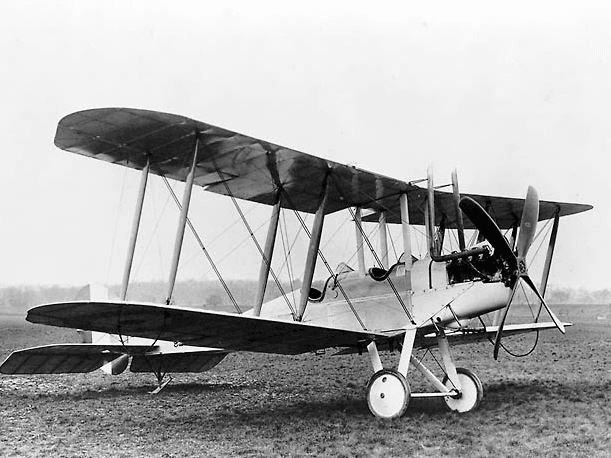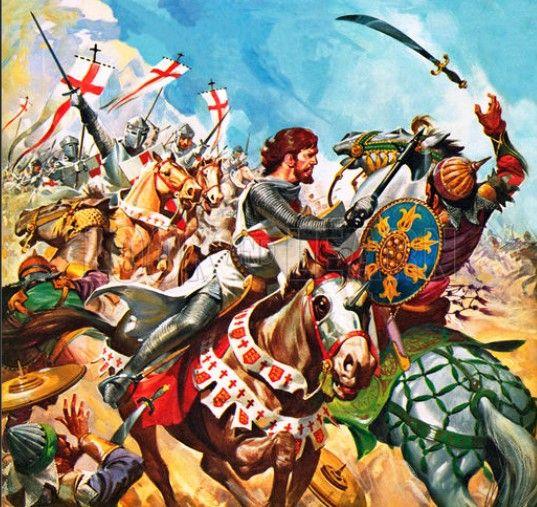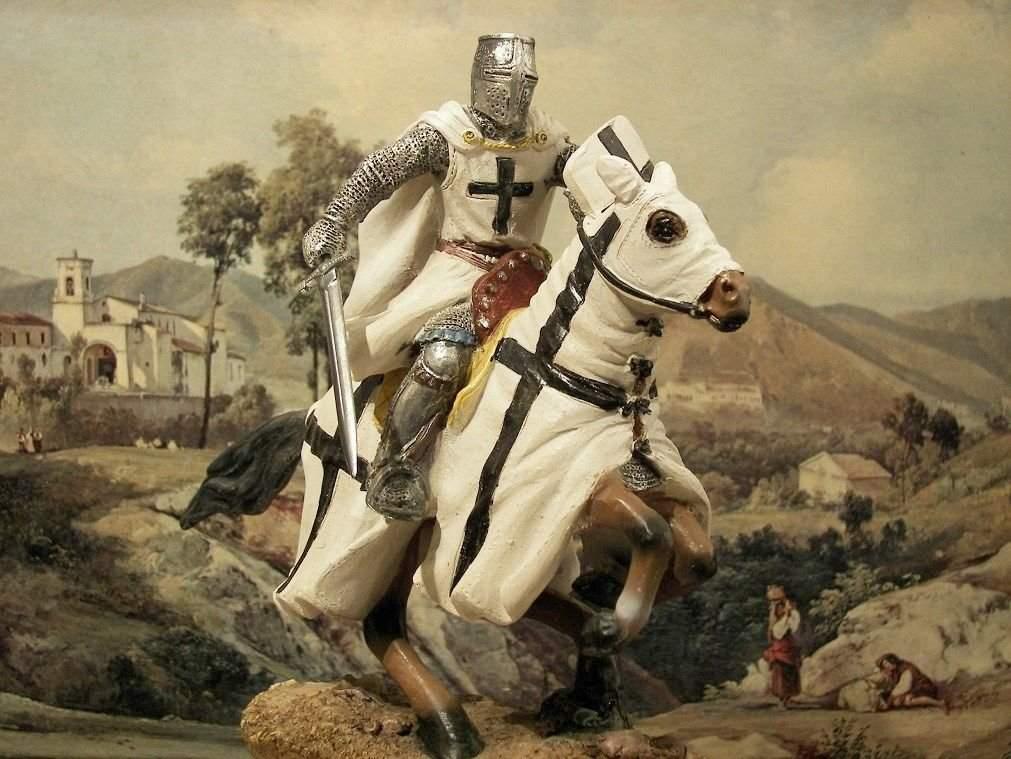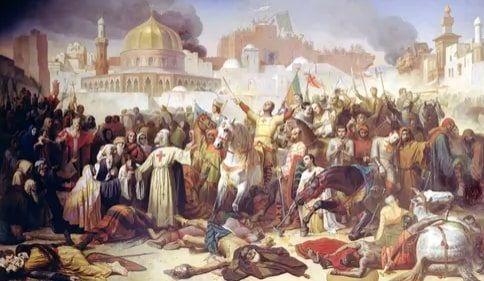INTUSK MAGAZINE
TO THE CORE OF YOUR HEART
Third Anglo-Afghan War
February 7, 2023
The Third Anglo-Afghan War, also known as the Third Afghan War, started on May 6, 1919, when the Emirate of Afghanistan invaded British India and ended on August 8, 1919, with an armistice. The war resulted in a treaty in which the Afghans took control of British foreign affairs, and the British recognised the Durand Line as the border between Afghanistan and British India.
Background
During the period known as the Great Game, the British in India saw Afghanistan as a threat as they were concerned about a Tsarist invasion of India through Afghanistan would take place. In an effort to negate this threat, the British made numerous attempts at imposing their will upon Kabul over the course of the 19th Century fought two wars: the First Anglo-Afghan War (1839–1842) and the Second Anglo-Afghan War (1878–1880).
After the end of the Second Afghan War, for almost 40 years, Britain and Afghanistan made good relations under the leadership of Abdur Rahman Khan and Habibullah Khan. During this period, British attempted to manage Afghan foreign policy through the payment of a large subsidy.
In 1901, the death of Emir Abdur Rahman Khan led indirectly to the war that began 18 years later. His successor, Habibullah, was a pragmatic leader who sided with Britain or Russia, depending on Afghan interests.
Despite remaining neutral in the First World War, Habibullah did in fact accept a Turkish-German mission in Kabul and military assistance from the Central Powers as he attempted to play both sides of the conflict for the best deal.
Through continual prevarication, he resisted numerous requests for assistance from the Central Powers but failed to keep in check troublesome tribal leaders, intent on undermining British rule in India, as Turkish agents attempted to foment trouble along the frontier.
A Turko-German mission left Kabul in 1916. By that time, however, it had successfully convinced Habibullah that Afghanistan was an independent nation and that it should be beholden to no one. With the end of the First World War, Habibullah sought to obtain a reward from the British Government for his assistance during the war. Looking for British recognition of Afghanistan's independence in foreign affairs, he demanded a seat at the Versailles Peace Conference in 1919. This request was denied by the Viceroy, Frederic Thesiger. Further negotiations were scheduled, but before they could begin, Habibullah was assassinated on February 19, 1919.
After Habibullah’s assassination, his brother Nasrullah Khan and his third son, Amanullah, proclaimed themselves as the successor, leading to a power struggle. Needing a way to comment on his power, upon seizing the throne in April 1919, Amanullah posed as a man of democratic ideals, promising reforms in the system of government. He stated that there should be no forced labour, tyranny, or oppression, and that Afghanistan should be free and independent, no longer bound by the Treaty of Gandamak.
Amanullah had his uncle Nasrullah arrested and sentenced to life imprisonment for Habibullah's murder. By April 1919, he realised that if he could not find a way to placate the conservatives, he would be unlikely to maintain his hold on power. Looking for a diversion from the internal strife in the Afghan court and sensing an advantage in the rising civil unrest in India following the Amritsar massacre, Amanullah decided to invade British India.
Opposing Forces
In 1919, the Afghan regular army was not a very formidable force and was only able to muster some 50,000 men. These men were organised into 21 cavalry regiments and 75 infantry battalions, with about 280 modern artillery pieces, organised into 70 batteries, in support. In addition to this, the Afghan command could call upon the loyalty of up to 80,000 frontier tribesmen and an indeterminate number of deserters from local militia units under British command. In reality, the Afghan regular army was not ready for war.
In support of the regulars, the Afghan command expected to call out the tribes, which could gather up to 20,000 or 30,000 Afridi fighters in the Khyber region alone.
In meeting this threat, the British could call on a much larger force. In May 1919, the British and British Indian Army, not including frontier militia, totalled eight divisions, as well as five independent brigades of infantry and three cavalries.
But the main problem for the British was discontent among their soldiers. The troops in India were no longer as uncritical as they had been when considering what they were being asked to do. Like other units of the British Army, many of the troops considered the war over and looked forward to being demobilised.
The Indian Army had been heavily committed to the First World War and had suffered a large number of casualties. Many of its units still had not returned from overseas, and those that had, had begun the process of demobilisation and as such many regiments had lost almost all their most experienced men.
The Course of the War
The conflict began on 3 May 1919 With Afghan troops crossing the frontier at the western end of the Khyber Pass and capturing the town of Bagh, on 3 May 1919, the conflict began. Although initially considered a minor border infraction, this attack was actually part of the wider invasion plan. In response to this, the British Indian government declared war upon Afghanistan on 6 May and ordered a general mobilisation of the British and Indian forces.
Meanwhile, a cordon was thrown around Peshawar and demands were made for the population to hand over the uprising's ringleaders. Amid threats that the city's water supply would be cut, the inhabitants complied and by dawn on 8 May the situation in the city was under control and the threat of an uprising abated.
On 9 May the British and Indian troops launched an attack on the Afghans that had seized Bagh the previous week. The attack, however, failed when the brigade commander decided to split his forces and detach almost half his force to protect his flank. Coinciding with this, three BE2C aircraft from the Royal Air Force carried out a bombing raid on Dacca in Afghanistan, attacking a group of hostile tribesmen.

Two days later, on 11 May, a second attack was made on Bagh by the 1st and 2nd Infantry Brigades, under Major General Fowler, and this time it proved successful.
As the Afghans were forced back over the border, the RAF followed them across and carried out a number of bombing runs. The rout was total and tribesmen that might have otherwise have been expected to counterattack in support of the Afghans decided against doing so, instead of turning their efforts to looting the battlefield and gathering the arms and ammunition that the retreating Afghans had left behind.
On 13 May British and Indian troops seized control of the western Khyber without opposition and occupied Dacca. However, the British camp was poorly sited for defence and as a consequence, they came under an intense long-range artillery barrage from Afghan artillery before Amanullah launched an infantry assault on them. This assault was defeated and the British launched a counter-attack the following day, however, they were unable to consolidate their position, and as a result, it was not until 17 May that the area was secured and the Afghans withdrew.
Meanwhile, the previous day, British and Indian forces had launched an attack on 'Stonehenge Ridge', where an Afghan force of about 3,000 men had established themselves with a number of artillery pieces and machine guns.
Upon reaching the escarpment they found that the Afghans had left the battlefield, leaving most of their equipment, artillery and a number of standards. During the assault, the British and Indian forces lost 22 killed and 157 wounded, while Afghan losses were estimated at around 200 killed and 400 wounded.
As part of the attack on the Khyber, secondary attacks had been planned on Quetta and Kurram, and in the north in Chitral state and in the south in Baluchistan and the Zhob Valley. On 23 May the British posts around the Kurram Valley had to be abandoned.
The next day, 2 June, at dawn Dyer's brigade launched an attack on the Afghan regulars that were positioned away to the west of Thal and as this attack went in Nadir Khan sent out an envoy to deliver a message to the brigade commander. The message told Dyer that Amir Amanullah had ordered Nadir Khan to cease hostilities and Nadir Khan asked Dyer to acknowledge that he would honour the request for an armistice that Amanullah had sent to the British Indian government on 31 May. Unaware that this request had been made, and uncertain as to whether the message and request for a cease-fire was a ruse on Nadir Khan's part, Dyer decided that he would not take any chances and sent the reply: "My guns will give an immediate reply, but your letter will be forwarded to the Divisional Commander".
After this Dyer continued his attack and as Nadir Khan's force withdrew from the area, Dyer followed them up with cavalry and armoured cars from the 37th Lancers, while the RAF, using machine guns and iron bombs, attacked and dispersed about 400 tribesmen that were in the area and which posed a threat of counterattack.
On 3 June, the Afghan camp at Yusef Khel was seized and shortly afterwards the armistice was signed. With this a cease-fire came into effect, however, some fighting continued, particularly in Chitral and in North Baluchistan, and it was not until 8 August 1919 that the settlement was finally concluded when the Treaty of Rawalpindi was signed.
King Amanullah objected to the British about the air raids on Kabul, citing British condemnation of the German Zeppelin attacks on London. In his letter to the British government, he said, "It is a matter of great regret that the throwing of bombs by Zeppelins on London was denounced as a most savage act and the bombardment of places of worship and sacred spots was considered a most abominable operation, while now we see with our own eyes that such operations were a habit which is prevalent amongst all civilized people of the West.
Outcome
Casualties during the conflict amounted to approximately 1,000 Afghans killed in action, while the British and Indian forces lost 236 killed in action. In addition, 615 were wounded, 566 died from cholera, and 334 died as a result of other diseases and accidents.
Ostensibly, the result of the conflict was a British tactical victory. This is by virtue of the fact that the British repulsed the Afghan invasion and drove them from Indian territory, while Afghan cities were subjected to attack by Royal Air Force bombers. Nevertheless, the Afghans were ultimately able to secure their strategic political goals in the aftermath of the conflict.
The British also stopped arms sales from India to Afghanistan. But, as British influence declined, the Afghans were able to gain control of their own foreign affairs and in the aftermath emerged as a fully independent state. The British also made some political gains, most notably the reaffirmation of the Durand Line which had long been a contentious issue between the two nations as a border separating Afghanistan from the North-West Frontier, and the undertaking that the Afghans made to stop interference on the British side of the line.
Battle Honours
British and Indian infantry units that participated in the conflict received the battle honour "Afghanistan 1919". No other battle honours for individual engagements were issued. Additionally, unlike the first two Anglo-Afghan wars where individual campaign ribbons were issued for separate engagements, no campaign medal was struck for this conflict.



